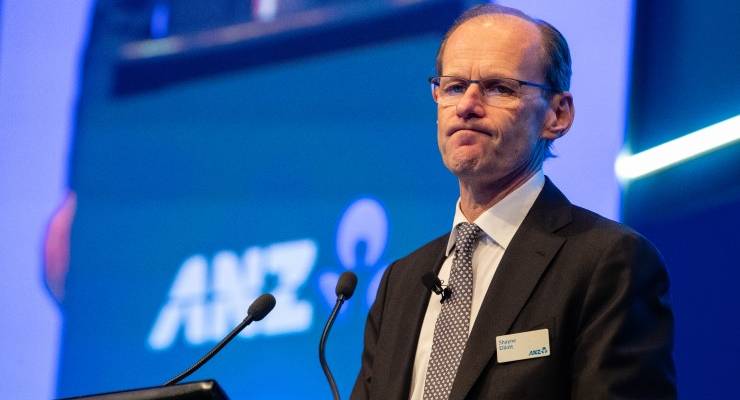
While the prudential regulator makes life easier for banks in handling loan deferrals due to the lockdowns, one bank is making sure no good deed goes unpunished.
Yesterday the Australian Prudential Regulation Authority announced that banks and other lenders would get regulatory relief from having to allocate more capital to loans where customers had asked for a deferral or other arrangements during the worsening lockdowns in Sydney, Victoria and — last night — South Australia.
This will save the banks a lot of money by not requiring them to devote capital to increasing their bad and doubtful debt provisions, in a repeat of relief granted by APRA last year.
But just before 7pm on Monday, ANZ announced a $1.5 billion market share buyback to use up some of the extra capital it set aside in 2020 to handle the feared increase in bad debts that didn’t eventuate.
Was it a sense of embarrassment that made the ANZ announce it so late (The Australian Financial Review missed it for its print edition)? Normally buybacks, being market-influencing news, are announced before trading, which would have been this morning. By revealing it late in the evening, ANZ made it old news for today.
Trying to sound empathetic, ANZ chairman Paul O’Sullivan said: “Despite the very real challenges being experienced by many of our customers, we have the financial strength to continue to support our customers, while also returning surplus capital to shareholders. Our capital position may allow future capital returns to be considered, however, we will continue to focus on balanced and prudent outcomes for all stakeholders.”
CEO Shayne Elliott described it as a “modest amount of surplus capital“.
ANZ is in a position to hand back capital only because of the fiscal stimulus of the federal government and the emergency monetary policy adopted by the Reserve Bank. ANZ benefited from the RBA lending the banks $188 billion under its now-ended term funding facility. The banks borrowed that money at 0.10% for three years and are lending it for home loans, credit cards and business loans at fat margins — and making a profit.
Now $1.5 billion is going to flow to the bank’s shareholders — who, by the way, have enjoyed a 48.7% surge in the price of their shares in the past year, like shareholders in the rest of the big four — all beneficiaries of the actions of the government and the RBA.
It’s only two and a half years since the Hayne royal commission began — from which ANZ escaped relatively lightly — but the banks haven’t forgotten how to exploit every opportunity they get to benefit from the support of the taxpayer.








The fact that the bank’s shareholders received a $3 billion dollar reduction in their dividends received last year is logically relevant as to how the bank finds itself in a position to spend half of such sum in a share buyback.